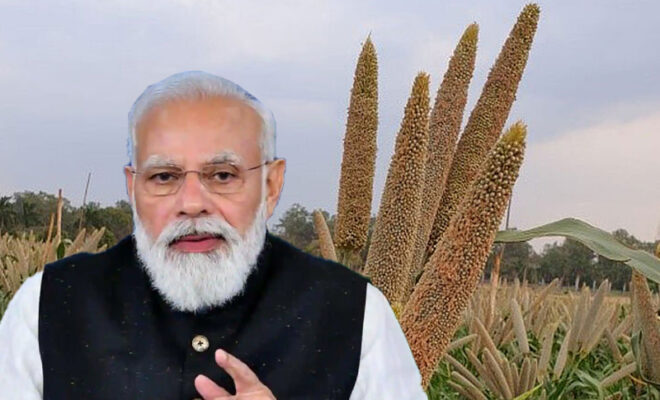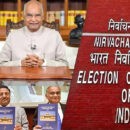Millets in forefront to tackle supply chain issues, climate change: India

India has streamlined and ramped up its efforts to counter the global challenges by ensuring food security for all, that has been threatened by Covid-19, global and regional conflicts and climate change. In this direction, India is now intensifying global push for increased millet production and consumption. The main underlying reason for this is negatively impacted supply of wheat – which was earlier due to pandemic and now due to the Ukraine war. This has further stressed on the need to stress on the importance of millets both domestically and globally.
The push in this direction by Indian government led by Prime Minister Narendra Modi registered its first achievement last year after UN General Assembly declared 2023 as the International Year of Millets. Millets are known to be a rich source of protein, minerals, fibre, iron, calcium and also has a low glycemic index. This fact has been the baseline of Modi government’s push to popularize millet cereals through R&D support and three Centres of Excellence (CoE).
“International relations started with food security. The fundamental urge to secure their own food and to see how they can get food from others. That is why we were keen to take the Indian year of millets to the International year of millets,” external affairs minister S Jaishankar said during a luncheon on Thursday.
Millets will improve self reliance, promote decentralized production and enhance farmers’ incomes across geographies. They will thereby de-risk global food security.
— Dr. S. Jaishankar (@DrSJaishankar) November 24, 2022
India envisions #IYOM2023 to be a truly global partnership in awareness and usage.
📹: https://t.co/prpco1GFxu
The climate resilient and easy to grow crop has a low production cost and also takes about half the time required to mature than wheat. Millets are also established to improve on-farm biodiversity, have a low carbon footprint, and only need 350-400mm annual rain. The major part of India’s millet production includes Jowar (27%), Bajra (61%), and Ragi (10%) . Other varieties of millets that are grown in India are Little millet (Kutki), Kodo millet, Barnyard millet (Jhangora), and Foxtail millet (Kangani).
Also Read: India’s fight against climate change: Arctic Policy unveiled



